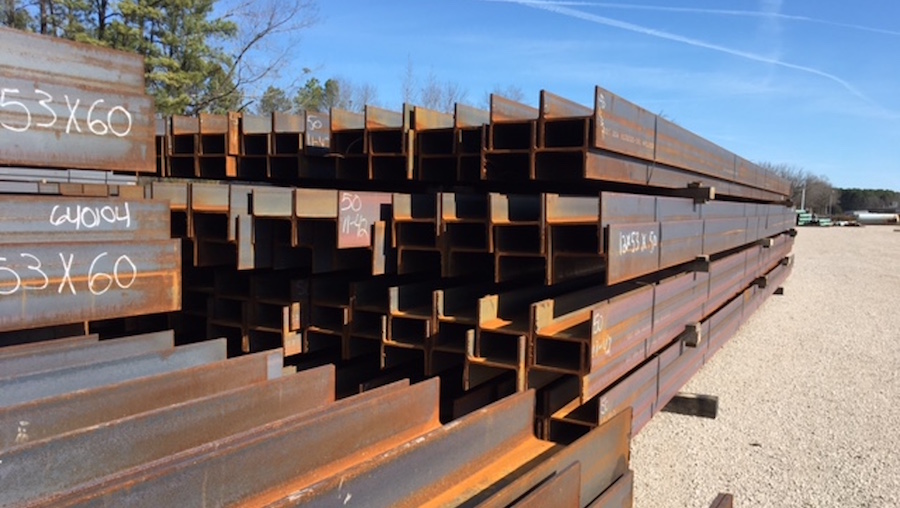When it comes to procurement for construction projects, the concepts of “Buy America” and “Buy American” clauses hold significant implications that reverberate throughout the construction industry. These provisions, while seemingly similar, have distinct sets of requirements that dictate the sourcing of materials and products used in construction projects. “Buy America” regulations are rooted in federal infrastructure projects, meticulously dictating that certain materials, such as iron, steel, and manufactured goods, must be produced in the United States. This mandate is driven by the intention to support domestic industries, boost employment opportunities, and bolster the national economy through infrastructure investments. The crux of the “Buy America” rule is to ensure that a substantial portion of the materials used in federally funded projects is procured from domestic sources, fostering economic growth and retaining the value within the nation.
On the other hand, “Buy American” clauses extend the purview of these requirements to a broader range of projects, often at the state and local levels. While the overarching objective remains similar – to prioritize domestically produced materials – the scope of “Buy American” provisions can vary significantly from one jurisdiction to another. These clauses take into consideration factors such as the project’s location, funding sources, and the availability of domestic materials. As a result, the criteria for compliance with “Buy American” clauses can differ considerably, adding an additional layer of complexity for contractors and procurement professionals.
Navigating the intricate landscape of “Buy America” and “Buy American” clauses demands a thorough understanding of their nuanced distinctions. Compliance with these regulations is not only a legal obligation but also a strategic imperative for contractors aiming to secure government contracts and funding. Ensuring compliance requires meticulous documentation and verification of the origin of materials and components used in construction projects. This entails tracing the supply chain to confirm that the materials meet the stipulated domestic content requirements.
While these clauses aim to promote domestic industries and job creation, they also raise considerations and challenges for construction professionals. For instance, the need for domestic materials can sometimes limit the options available to contractors, impacting project costs, schedules, and feasibility. Additionally, the evolving nature of these regulations necessitates continuous monitoring and adaptation to ensure ongoing compliance.
The impact of “Buy America” and “Buy American” clauses extends beyond procurement strategies. These provisions influence project planning, budgeting, and risk management. Contractors must carefully assess the potential risks and advantages associated with these clauses when bidding on projects subject to these regulations.
Projects with a “Buy American” clause often permit the use of steel products originating from countries that have a Trade Agreement with the USA. These agreements can allow for exemptions or waivers from strict “Buy American” requirements, enabling the use of steel products from partner countries under certain conditions.
In conclusion, “Buy America” and “Buy American” clauses stand as pivotal factors in the landscape of construction procurement. While both share the common goal of promoting domestic industries and materials, their differences lie in their scope, requirements, and implications. Navigating these clauses requires a comprehensive grasp of their intricacies, enabling construction professionals to not only ensure compliance but also leverage these provisions to their strategic advantage. As the construction industry continues to evolve, staying informed about these regulations is indispensable for thriving in an environment where compliance and competitiveness go hand in hand.
What are Buy America and Buy American clauses and their restrictions in construction projects?
The article explains the differences between Buy America and Buy American clauses and their restrictions in construction projects. Buy America applies to federally funded transportation projects and requires the use of domestic steel and iron. Buy American, on the other hand, applies to federal government procurement and requires a higher percentage of domestic content across various products. The clauses aim to support domestic industries but have different thresholds and regulations, impacting construction materials procurement.
